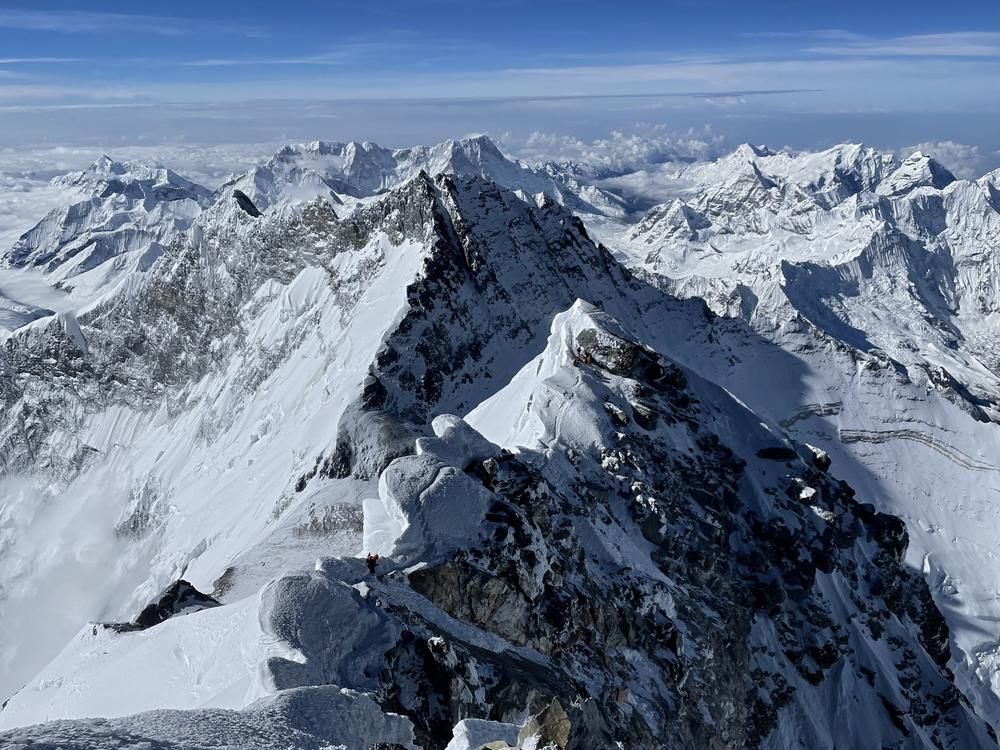Section Branding
Header Content
National Geographic team may have discovered the foot of a famed Mount Everest climber
Primary Content
Suspected partial remains of Andrew "Sandy" Irvine were found by a team of National Geographic mountaineers, the magazine reported on Friday, a century after the British national lost his life in an early attempt to summit Mount Everest.
The crew, led by photographer and filmmaker Jimmy Chin, spotted the worn leather boot with a socked foot inside sticking out of a partially melted chunk of ice on the Central Rongbuk Glacier below the mountain's north face in September.
"I lifted up the sock," Chin told National Geographic, "and there's a red label that has A.C. IRVINE stitched into it."
Irvine, a 22-year-old Oxford student, went missing alongside his climbing partner, George Mallory, 37, during a June 1924 attempt to conquer the world's tallest mountain.
Had they been successful, the team would have been the first to have reached the top of Everest. But the pair disappeared and were declared dead, and questions still remain as to whether they actually made the summit.
The first people confirmed to ascend the epic peak were New Zealander Edmund Hillary and Nepalese Indian Sherpa Tenzing Norgay nearly three decades later, in 1953.
Since their deaths, mystery has remained around the ultimate fates of Irvine and Mallory.
Mallory was an experienced climber who had already participated in earlier British expeditions on Everest. His well-preserved remains were found in 1999 during the Mallory and Irvine Research Expedition.
Mallory's body showed signs of serious injuries consistent with a steep fall. But questions persisted for the next quarter century as to what happened to his less experienced partner.
The National Geographic team's find provides an important piece to the long-standing puzzle of what could have possibly happened to the pair and just how close to the mountaintop they reached.
Speaking to National Geographic, Chin said he was not going to elaborate on where exactly the booted foot was found, in order to keep away people only looking to make a name for themselves. He said that based on the location of where the boot was found, he's hopeful that the rest of Irvine's remains could be found relatively nearby.
"It certainly reduces the search area," Chin said.
The climbing crew packed its find into a cooler and turned it over to the China-Tibet Mountaineering Association, but not before securing a DNA sample to give to the British Consulate to help definitively identify the remains.
"But I mean, dude … there's a label on it," Chin said, expressing confidence in the veracity of the team's find.

